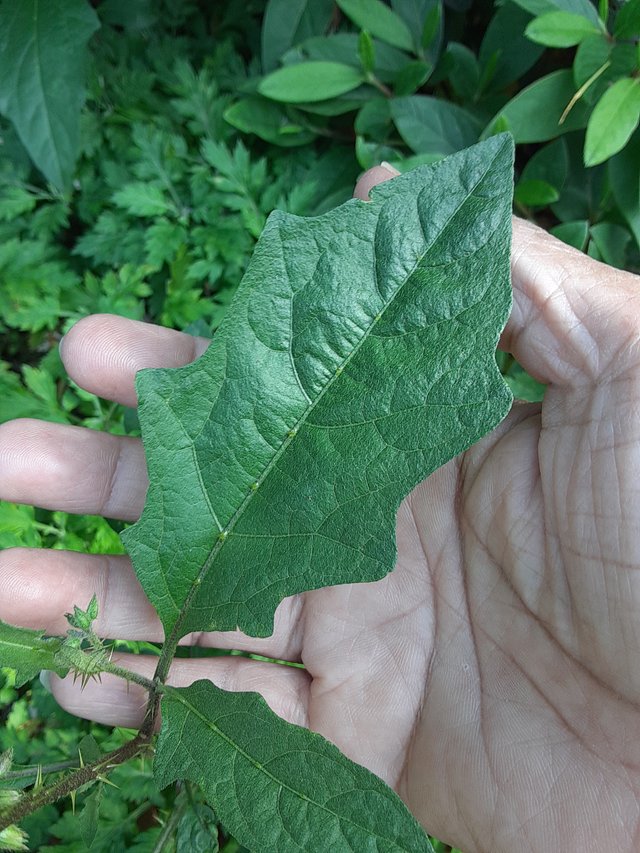
Solanum carolinense, also known as Carolina horsenettle, is a perennial herbaceous plant that is native to the southeastern United States, but has since become naturalized in many other parts of the world. The plant is known for its prickly stems and leaves, which can cause a painful rash if touched.
The leaves of Carolina horsenettle are alternate, oblong to ovate, and are covered on both sides with star-shaped hairs. The leaf measures 2 to 6 inches long, up to 3 inches wide, and is irregularly lobed. The leaf edges are frequently wavy. There is the odor of a potato when the leaves are crushed or bruised.
Carolina horsenettle is a sun-loving plant that prefers moist, well-drained soil. It can grow in a variety of habitats, including fields, meadows, and disturbed areas. The plant is a prolific seed producer and can quickly become invasive. The seeds can remain viable in the soil for many years.
Carolina horsenettle is poisonous to both humans and animals. The plant contains a toxin called solanine, which can cause nausea, vomiting, diarrhea, and other symptoms. In severe cases, solanine poisoning can be fatal. If you come into contact with Carolina horsenettle, it is important to wash the affected area thoroughly with soap and water. If you experience any symptoms of poisoning, seek medical attention immediately.
Ref.:
 |  |
Upvoted! Thank you for supporting witness @jswit.
Downvoting a post can decrease pending rewards and make it less visible. Common reasons:
Submit